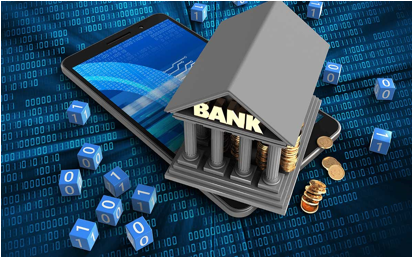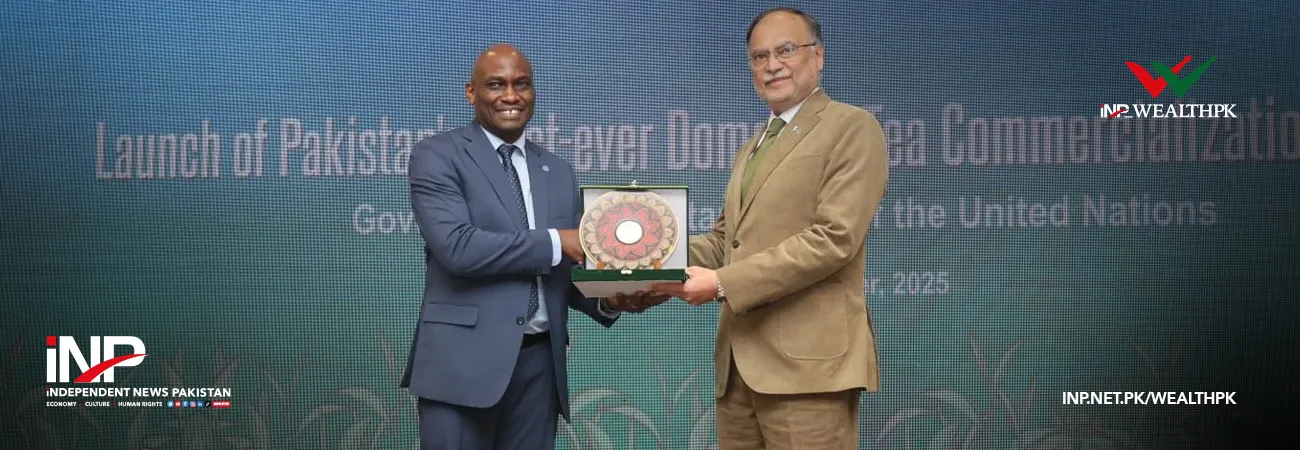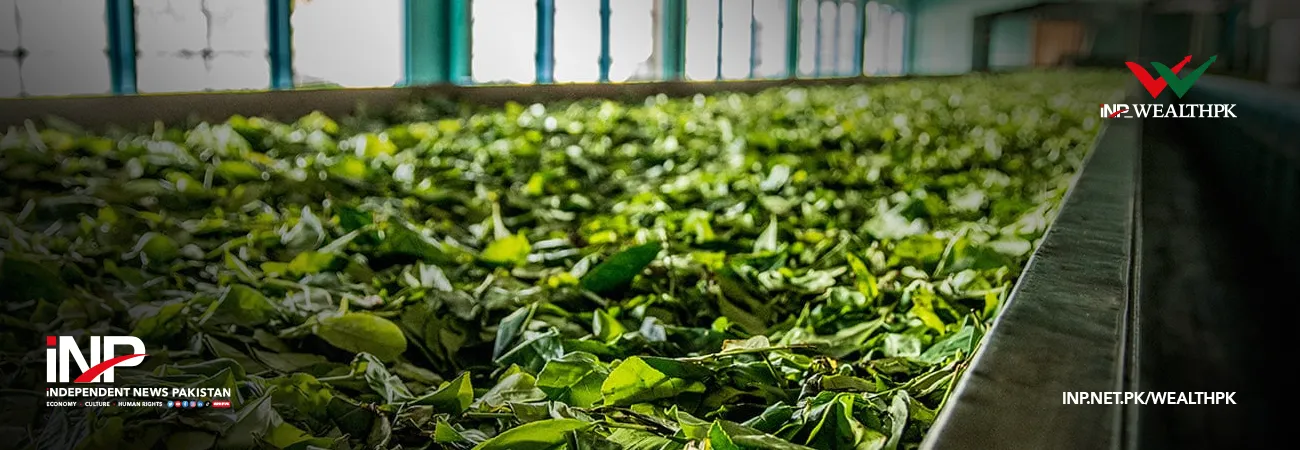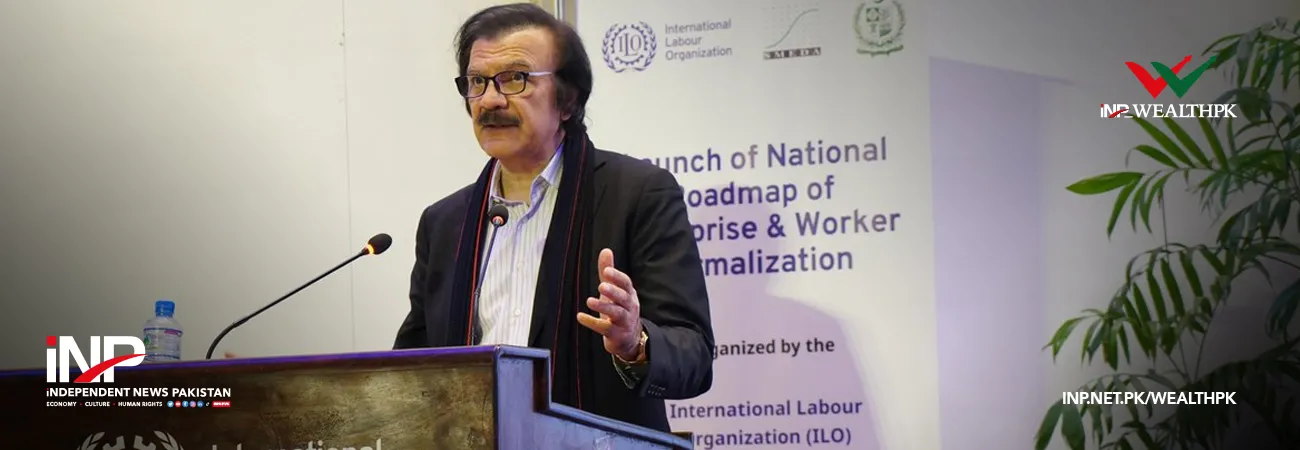INP-WealthPk
Qudsia Bano
The banking sector's push for expanding digital inclusion in the rural areas of Pakistan, housing over 60% of the population, is set to widen the customer base and promote the overall economic growth, said experts while talking to WealthPK.

According to the data from the State Bank of Pakistan (SBP), the mobile and internet banking transactions rose by over 35 percent during FY2025, with more than 30 million active internet banking users. The banks are also ramping up efforts to introduce user-friendly mobile applications, biometric verification, and QR-based payment solutions to widen access across segments that have historically remained outside the formal financial system.
Tahir Mehmood, Manager of Digital Channels at Meezan Bank, believes the move toward digital transformation is more than a technological upgrade; it is a strategic necessity. “We’ve seen a surge in adoption, especially among younger demographics and small business owners. What’s important now is creating products that address the needs of users, who have never engaged with formal banking before,” he said.
“Digital onboarding, micro-loans, and instant payments through mobile apps are proving to be effective tools in that direction,” he said. The COVID-19 pandemic gave an initial push to digital channels, but the recent policy initiatives, such as the SBP’s Raast Instant Payment System and the updated National Financial Inclusion Strategy, have reinforced the momentum.
With these systems in place, transactions such as salaries, government support payments, and utility bills are increasingly routed through digital pipelines, reducing cash dependency and increasing transparency. Zahra Aslam, Senior Officer of Information Technology at Bank Alfalah, said the financial sector’s digital evolution was also reshaping internal operations.
“Digital connectivity is not just about reaching customers online. It allows banks to make better credit assessments, reduce fraud risk, and deliver services faster. However, to truly drive financial inclusion, we need interoperability between banks, fintech, and telecom companies,” she noted. Zahra emphasized the role of collaboration in bringing cost-effective financial services to the low-income and remote populations. Despite progress, challenges remain.
Experts point to issues such as patchy internet coverage, limited digital literacy in rural areas, and hesitancy among the older population. There is also a need for stronger cybersecurity frameworks to build trust in digital transactions, especially as more users shift from traditional cash dealings to mobile-based platforms.
Credit: INP-WealthPk













